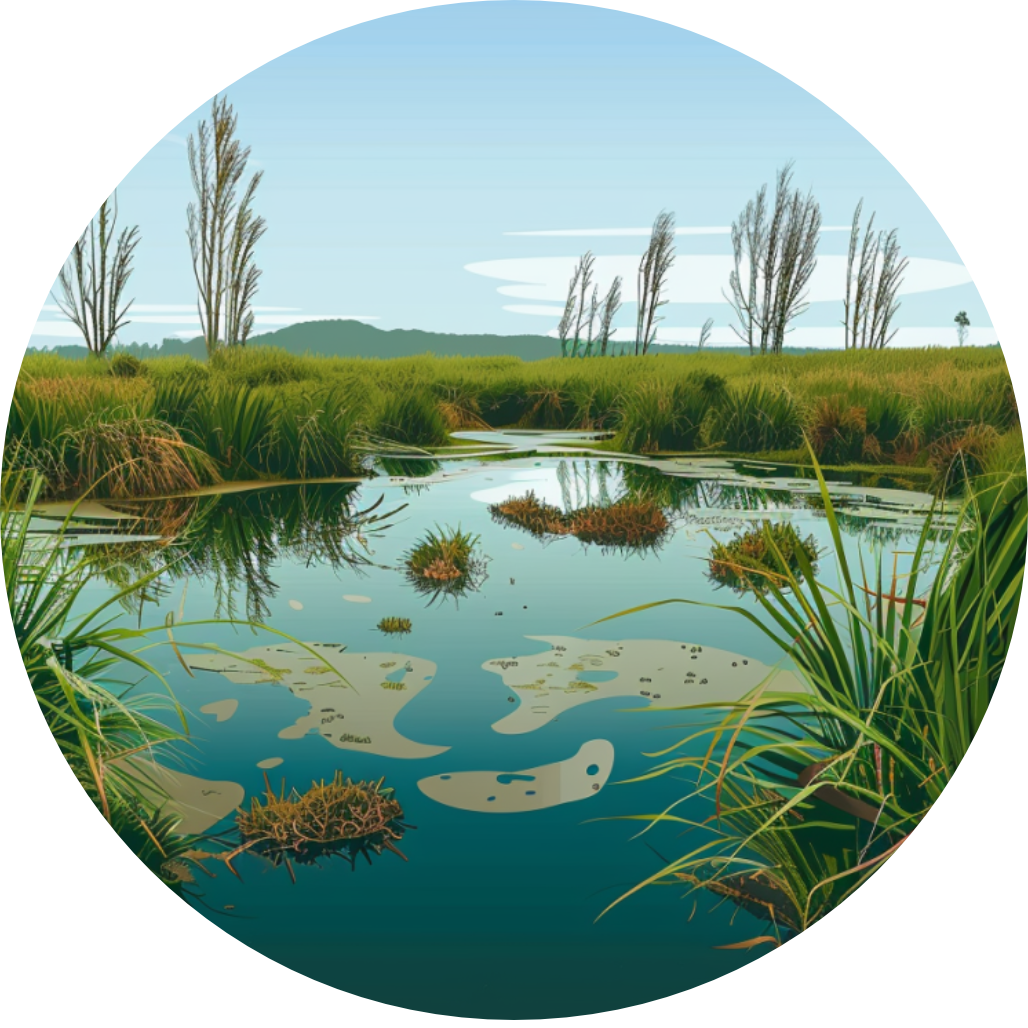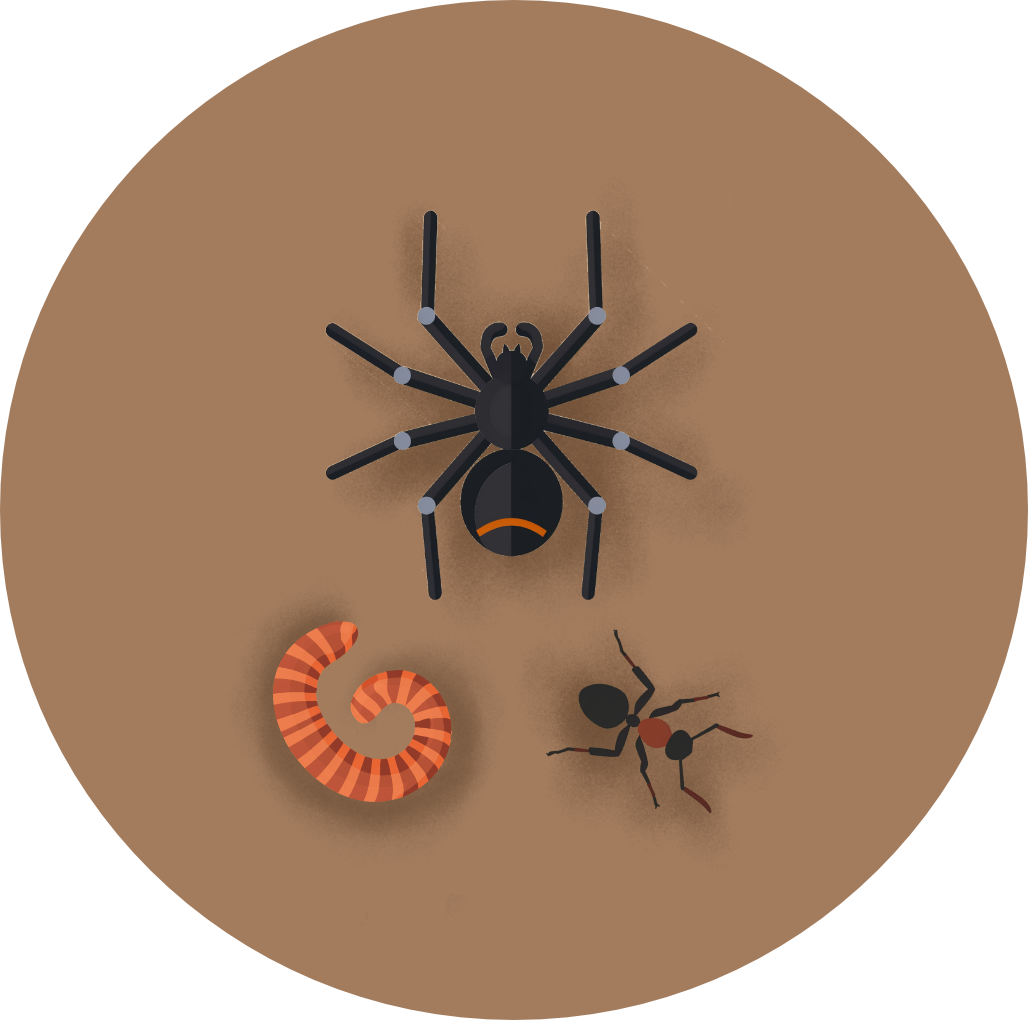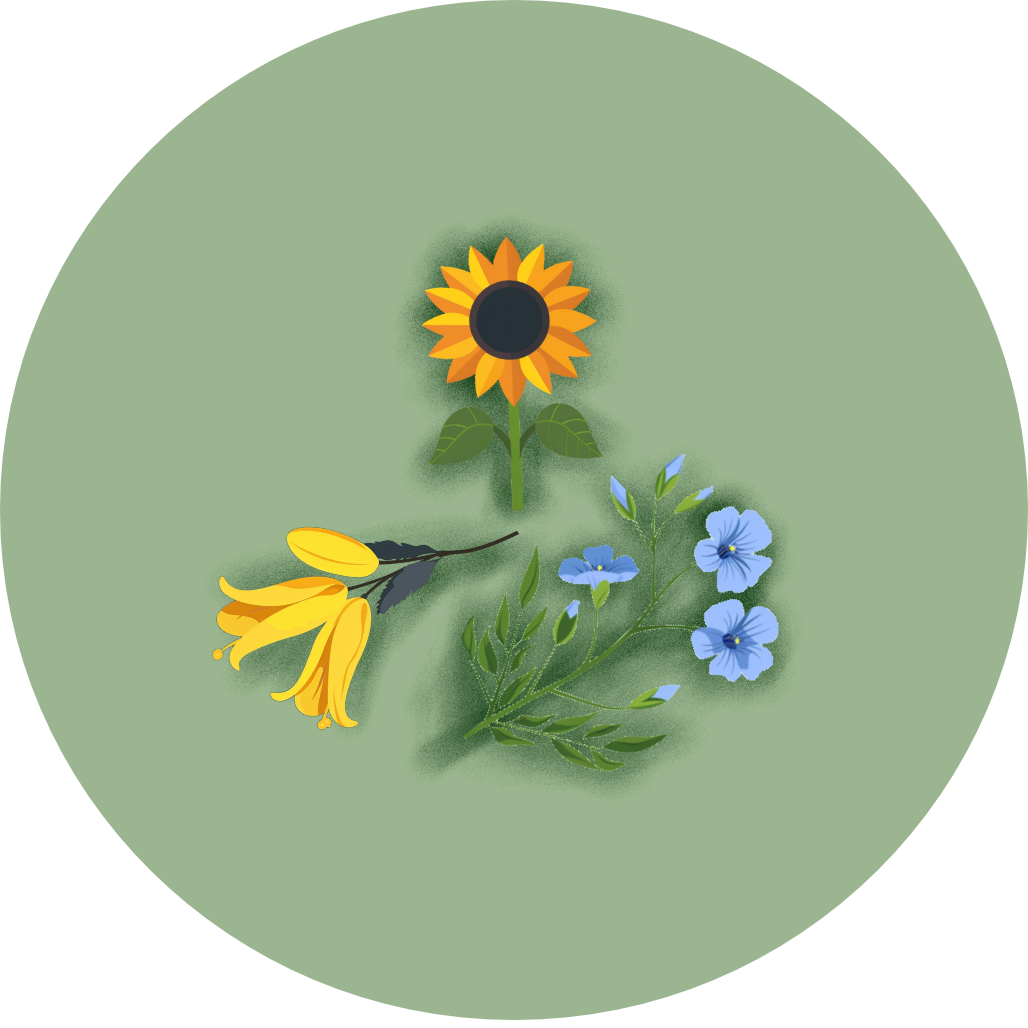
Mallard Mallard
Anas platyrhynchos


Anas platyrhynchos

The mallard is New Zealand's most common duck, introduced in the late 19th century. These large, sturdy ducks are a familiar sight in urban parks and rural wetlands alike.
1. Males have iridescent green heads in breeding season; females are mottled brown year-round.
2. Both sexes display a distinctive blue speculum with white borders when wings are spread.
3. Often seen upending in water, with tail feathers pointing skyward as they forage.
Mallards breed from late winter to early spring in New Zealand. Females lay up to 13 eggs and care for ducklings alone. While adaptable, they face threats from habitat loss and hybridization with other duck species. Their ability to thrive in urban environments has contributed to their success across the country.
Look for mallards in virtually any body of water \- from city ponds to rural streams and coastal estuaries. They're active throughout the day but are especially visible during early morning and late afternoon. These sociable ducks often gather in large groups, making them easy to spot. Listen for their distinctive quacking, which can help locate them in densely vegetated areas.
60 cm
1175 g





Coming Soon!
Top birding locations will be available in a future update.